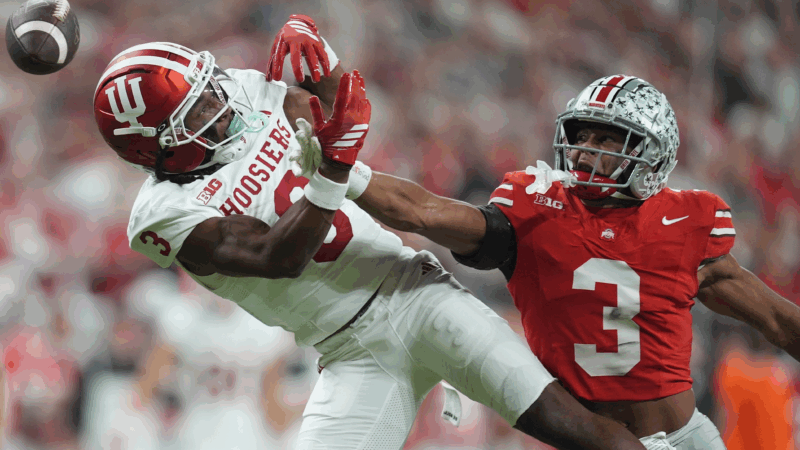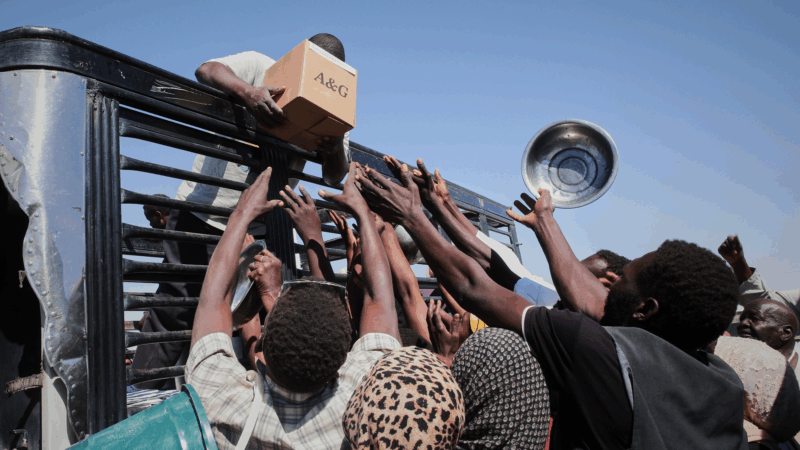The Vatican installs chimney to signal the selection of the next pope
Workers attached a chimney atop the Sistine Chapel on Friday, ahead of the election process for the next pope.
The chimney, which is attached to the chapel before a new pope is elected, will signal to the public the election of Pope Francis’ successor.
With the death of Pope Francis last month, cardinals, senior members of the Catholic Church, will gather on Wednesday, May 7, for what’s known as a “conclave” to determine the next pope and head of the some 1.4 billion Catholics around the world. There are currently 135 cardinal electors, and to join the conclave, cardinals must be under 80 years old.
Throughout this secretive, locked-door affair, the recently installed chimney will be the only indication to the public about how the process is going. After a ceremony within the Sistine Chapel is held to mark the beginning of the conclave, the doors are locked, Bry Jensen, host of the long-running Pontifacts podcast, told NPR.
That’s when “the verbal and communicative gates go down,” Jensen said. “There is no further communication until a pope has been elected, aside from smoke.”
As the cardinals deliberate, they vote until they reach a two-thirds majority agreement on who to elect. With each vote, they burn their ballots in a stove installed in the Sistine Chapel for this purpose. If black smoke plumes from the chimney, the cardinals aren’t in agreement and will need to vote again. Once white smoke can be seen from the chimney, it signals to the public that the Roman Catholic Church has a new leader. The process relies on chemicals to produce the desired color.
Throughout the election process, the chimney may fill the sky above the Sistine Chapel with black smoke multiple times. Kurt Martens, ordinary professor of canon law at the Catholic University of America, told NPR that an initial round of voting occurs on the first evening the conclave commences. Typically though, he said, the first round is merely an indication of the cardinals’ priorities. The following day, the conclave starts holding two rounds of voting each morning, and another two in the afternoon, until they reach consensus.
Regarding how long conclaves usually last, Jensen said that all of the conclaves from the 1900s onward have ended in under four days. Francis was elected pope at the end of the conclave’s second day in 2013.
Light from satellites will ruin majority of some space telescope images, study says
Astronomers have long been concerned about reflections from satellites showing up in images taken by telescopes and other scientific instruments.
Defense Department is reviewing boat strike video for possible release, Hegseth says
In a speech on Saturday, Defense Secretary Pete Hegseth defended the strikes, saying: "President Trump can and will take decisive military action as he sees fit to defend our nation's interests."
Bama, Miami in, Notre Dame out and Indiana No. 1 in College Football Playoff rankings
Nobody paying attention for the past 24 months would be surprised to see Indiana – yes, Indiana – leading the way into this year's College Football Playoff.
McLaren’s Lando Norris wins first F1 title at season-ending Abu Dhabi Grand Prix
Red Bull driver and defending champion Max Verstappen won the race with Norris placing third, which allowed Norris to finish two points ahead of Verstappen in the season-long standings.
A ban on feeding pigeons ruffles lots of feathers in Mumbai
The pigeon population has exploded — a result of people feeding the birds. For some it's a holy duty and a way to connect to nature. Critics point to health risks tied to exposure to pigeon droppings.
UN humanitarian chief: world needs to ‘wake up’ and help stop violence in Sudan
The UN's top humanitarian and emergency relief official has told NPR that the lack of attention from world leaders to the war in Sudan is the "billion dollar question".








